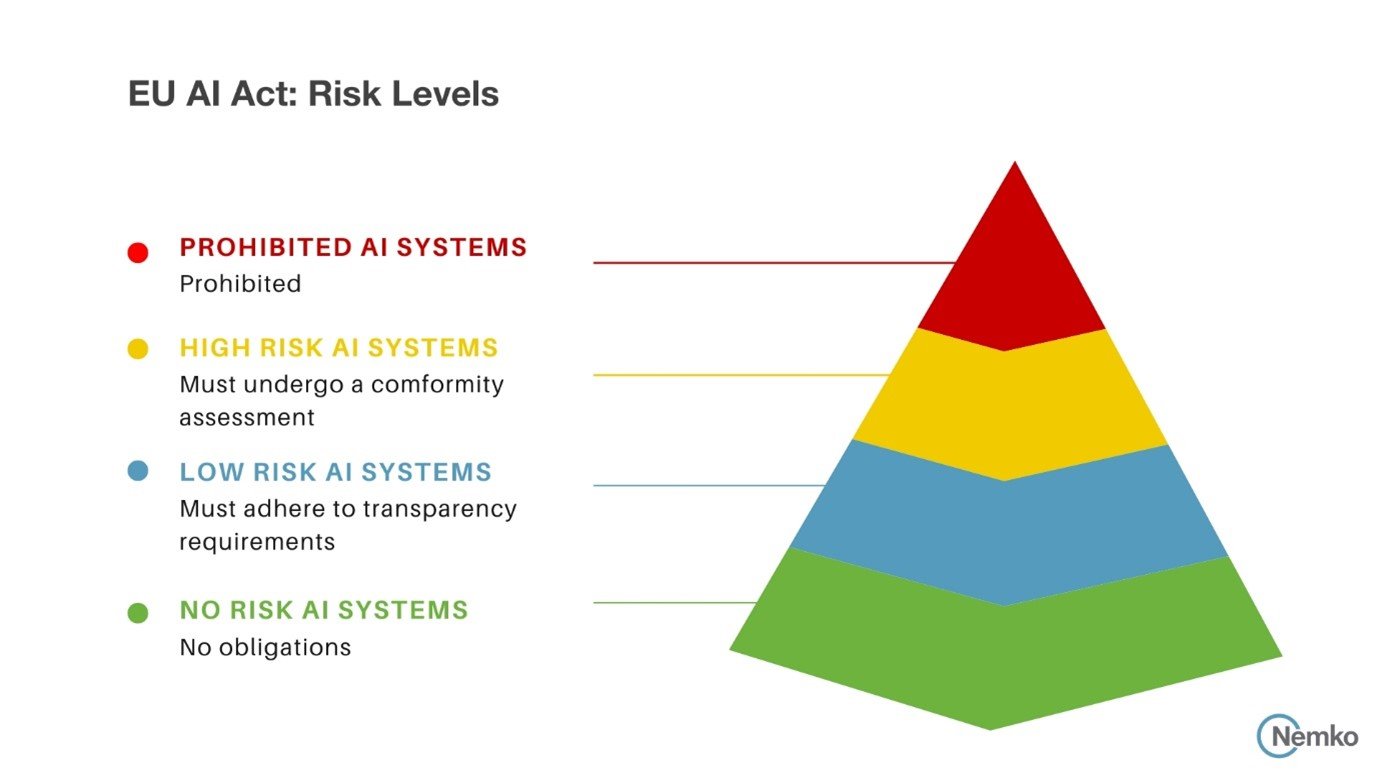Europe's AI Revolution: Embracing Homegrown Innovation
The EU accelerates its AI strategy, emphasizing 'Made-in-Europe' solutions to boost digital sovereignty and ethical standards across key sectors.

EU's Strategic AI Vision: Embracing Homegrown Innovation
The European Union is accelerating its drive to embed artificial intelligence (AI) into the continent’s industrial fabric, with a clear mandate: key sectors must prioritize “Made-in-Europe” AI technologies. The European Commission’s latest moves—including the €1 billion “Apply AI” strategy and the “AI in Science” initiative—signal a concerted effort to reduce reliance on foreign tech giants and cement Europe’s position as a global AI leader. This push is not just about innovation; it is a strategic play for digital sovereignty, economic resilience, and ethical standards in an increasingly AI-driven world.
Background: The EU’s AI Ambition
Europe’s AI strategy has evolved rapidly in recent years. The EU AI Act, finalized in 2024, provided the regulatory backbone, emphasizing trustworthy, human-centric AI that aligns with European values. However, regulation alone is not enough. The Commission recognizes that for AI to deliver on its promise, it must be deeply integrated into Europe’s industrial and scientific ecosystems—and those solutions must be homegrown.
The “Apply AI” strategy, unveiled in April 2025, specifically targets ten strategic sectors: healthcare, pharmaceuticals, energy, mobility, manufacturing, construction, agri-food, defense, communications, and culture. These sectors represent the backbone of the European economy and are critical to the continent’s global competitiveness. The strategy is designed as the deployment counterpart to the AI Act, ensuring that regulation is matched by real-world adoption and innovation.
Alongside “Apply AI,” the “AI in Science” strategy aims to position the EU as a hub for AI-driven scientific discovery. A cornerstone of this effort is the Resource for AI Science in Europe (RAISE), which will provide infrastructure, talent, and coordination to accelerate AI-powered research across the continent. The Commission plans to launch a €108 million RAISE pilot under Horizon Europe, with further coordination and support actions to follow.
Key Features of the EU’s AI Push
Strategic Sector Focus
The EU’s approach is highly sector-specific. By focusing on ten key industries, the Commission aims to create “lighthouse” projects that demonstrate the value of European AI and encourage broader uptake. For example, in healthcare, AI could streamline diagnostics and personalized medicine; in energy, it could optimize grids and accelerate the green transition.
Funding and Infrastructure
The €1 billion “Apply AI” initiative is a clear signal of the EU’s financial commitment. This funding will support the development and deployment of AI solutions tailored to European needs, with an emphasis on interoperability, security, and ethical standards. The initiative is complemented by investments in supercomputing infrastructure, which is critical for training advanced AI models.
Fostering Innovation and Collaboration
The GenAI4EU initiative, launched in early 2024, is designed to stimulate the uptake of generative AI across industrial ecosystems, encouraging collaboration between startups, SMEs, and large enterprises. The goal is to build open innovation ecosystems where European companies can co-develop and deploy cutting-edge AI.
Talent and Research
The RAISE initiative will establish a high-level academic advisory board and coordinate efforts across member states to attract and retain top AI talent. By linking research funding, computational power, and data resources, the EU hopes to create a virtuous cycle of innovation and application.
Industry Impact and Challenges
Accelerating Adoption
The EU’s sectoral focus is expected to accelerate AI adoption where it matters most. For instance, manufacturers could use AI for predictive maintenance and quality control, while the agri-food sector might leverage AI for precision farming and supply chain optimization. In defense and communications, AI could enhance security and network resilience.
Reducing Dependency
A major driver behind the “Made-in-Europe” push is reducing dependency on non-EU technology providers. By developing and deploying homegrown AI, Europe aims to safeguard its strategic autonomy and protect sensitive data from foreign access or influence. This is particularly relevant in sectors like defense, healthcare, and critical infrastructure.
Ethical and Regulatory Leadership
Europe’s AI strategy is not just about competition; it is also about setting global standards. The EU AI Act’s emphasis on transparency, accountability, and human oversight is intended to differentiate European AI from offerings that may prioritize speed over safety or ethics. This could give European companies a competitive edge in markets that value responsible innovation.
Challenges Ahead
Despite the ambitious vision, significant challenges remain. Fragmentation across member states, varying levels of digital readiness, and competition from well-funded US and Chinese tech giants could slow progress. Additionally, ensuring that SMEs and startups have access to funding, data, and talent will be critical to the strategy’s success.
Context and Implications
The EU’s push for “Made-in-Europe” AI is part of a broader geopolitical and economic strategy. In a world where AI is increasingly seen as a strategic asset, Europe is determined not to be a bystander. By combining regulatory leadership with targeted investment and sectoral deployment, the EU hopes to create a thriving, sovereign AI ecosystem.
This approach also has implications for global tech governance. As Europe sets standards for trustworthy AI, other regions may follow suit, potentially reshaping the global AI landscape. For European businesses, the message is clear: the future is AI-driven, and the tools must be European.
Conclusion
The European Union’s latest AI initiatives mark a decisive step toward a future where “Made-in-Europe” AI powers the continent’s key industries. With substantial funding, a clear sectoral focus, and a commitment to ethical standards, the EU is positioning itself as a global leader in trustworthy, innovative AI. The success of this strategy will depend on overcoming fragmentation, fostering collaboration, and ensuring that European businesses and researchers have the tools they need to compete on the world stage. For now, the message from Brussels is unambiguous: Europe’s AI future will be built at home.



